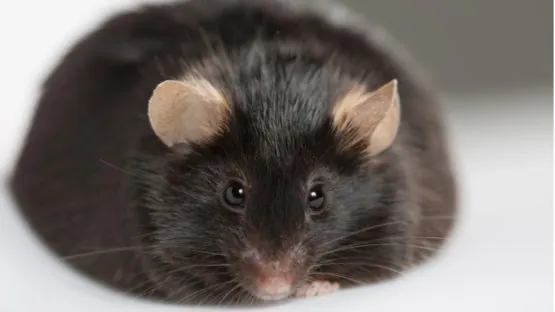Researchers publishing in Cell Reports Medicine have discovered that a vaccine targeting angiopoietin-like protein 3 (ANGPTL3) alleviates dyslipidemia and improves outcomes in obese mice.
What is dyslipidemia?
Dyslipidemia is marked by having an excess of low-density lipoprotein (LDL) cholesterol, a lack of high-density lipoprotein (HDL) cholesterol, or an excess of triglycerides. It is strongly linked to cardiovascular disease (CVD), and cardiologists around the world recommend controlling dyslipidemia, especially LDL cholesterol [1], in order to minimize this risk.
The gene ANGPTL3, which is present in both humans and mice, was discovered to be knocked out in a mutant mouse with unusually low levels of triglycerides [2]. Another study found that inhibiting ANGPTL3 reduced the risk of CVD [3]. This spurred the researchers of this study to investigate whether ANGPTL3 could be directly targeted with a vaccine as a potential therapy against CVD.
A peptide-based vaccine
These researchers selected three different immune system targets (epitopes) of ANGPTL3, determined their peptides, and conjugated commercially available antibodies to these peptides. Referring to the resulting antibodies as E1, E2, and E3, the researchers then tested each of them in a mouse model of obesity.
E2 was not shown to be particularly effective, and E1 did not trigger a robust immune response. E3, however, was shown to significantly reduce LDL cholesterol and triglycerides while having a non-significant effect on HDL cholesterol. Fasting triglycerides were not significantly effected, but non-fasting triglycerides in obese mice immunized with E3 were shown to be approximately half those of the control group.
This metabolic data was reflected in the body composition of the animals. While total body weight was not affected, mice given E3 were shown to have less fatty livers compared to controls. The resulting pathologies were alleviated, and liver tissue was shown to have less of the inflammatory factors IL-6 and TNF-a.
Another mouse model of dyslipidemia was tested, and these mice, fed a high-cholesterol diet and given the E3 vaccine, were found to have less LDL and substantially lower non-fasting triglycerides than their untreated counterparts.
The team also tested for side effects. Concerned that the potential therapy might be toxic, the team wished to see if this approach was killing cells or causing fibrosis. Fortunately, neither issue was found in mice treated with the E3 peptide. The team also found that the ANGPTL3 vaccine remains effective for 30 weeks.
Conclusion
The phrase “Mice are not people” is commonly seen when discussing early-stage biomedical research, but this phrase bears special relevance here. ANGPTL3 is conserved between mice and humans, so it is logical to believe that this conservation is likely to allow this intervention to be effective in people, and clinical trials will determine whether or not this is actually the case.
However, people are not genetically modified mice being forced to eat an extremely high-cholesterol diet. While these mice were eating the equivalent of a common diet in the Western world, and many people do eat such a diet, it is well-known that this diet is linked to CVD in humans. Therefore, in the absence (or even the presence) of a clinically trialed ANGPTL3 vaccine, it is inadvisable to consume a diet that is more suitable for mouse models of obesity, dyslipidemia, and atherosclerosis.
Literature
[1] Mach, F., Baigent, C., Catapano, A. L., Koskinas, K. C., Casula, M., Badimon, L., … & Wiklund, O. (2020). 2019 ESC/EAS Guidelines for the management of dyslipidaemias: lipid modification to reduce cardiovascular risk: The Task Force for the management of dyslipidaemias of the European Society of Cardiology (ESC) and European Atherosclerosis Society (EAS). European heart journal, 41(1), 111-188.
[2] Koishi, R., Ando, Y., Ono, M., Shimamura, M., Yasumo, H., Fujiwara, T., … & Furukawa, H. (2002). Angptl3 regulates lipid metabolism in mice. Nature genetics, 30(2), 151-157.
[3] Dewey, F. E., Gusarova, V., Dunbar, R. L., O’Dushlaine, C., Schurmann, C., Gottesman, O., … & Baras, A. (2017). Genetic and pharmacologic inactivation of ANGPTL3 and cardiovascular disease. New England Journal of Medicine, 377(3), 211-221.



